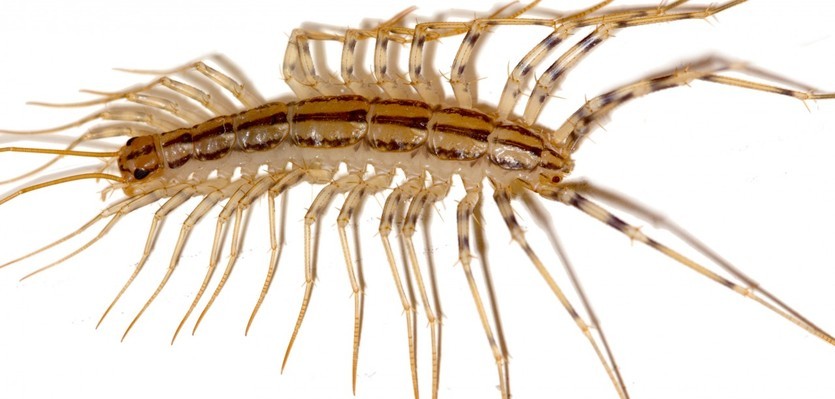Recognizing any pest in your house could be a manifestation of concern. You might feel positive about identifying common unwanted pests like flies or ants, and you will know what you ought to do in order to control their presence. However, some unwanted pests aren't as common and you will be unclear about How to kill house centipede. Centipedes frequently fall under this category. Maybe the only thing you learn about centipedes is they are lengthy creatures with a lot of legs. You might be playing many questions, for example “why will they enter into homes” and “how can one eliminate them?” We’ve come up with some solutions to assist you.
Centipedes are lengthy bugs with lots of legs despite the fact that lots of people frequently think they've 100 legs, this isn’t true for those species. Centipedes also have a strange quantity of pairs of legs. They are able to have between 15 pairs of legs to 177 pairs of legs. Centipedes can vary colored from yellow to brown, and they've already more dark stripes or any other markings. They're nocturnal and carnivorous, eating other unwanted pests like flies and spiders.
The most typical centipede you’ll find in your house may be the house centipede, that has only 15 pairs of legs and it is light yellow or brown with lengthy legs. It may be quite a daunting pest to locate! Fortunately, house centipedes only come to be under 2 ", instead of some types of centipede which could come to be over six inches.
Centipedes are carnivorous and they're venomous, however, they aren't harmful to humans. Although some large types of centipede can bite humans and break your skin, the venom isn't sufficiently strong to possess any serious effects-although the bite may sting. House centipedes aren’t prone to bite and many likely wouldn’t break your skin when they did. However, this doesn’t imply that centipedes ought to be welcome in your house. They're unsightly and may come in large figures at home. Call the experts at Romney Pest Management right now to keep your and yourself home safe!
Because centipedes are this type of common house enemy, we’ve come up with helpful information regarding how to safeguard your house from all of these unwanted pests. Here are a few things you can do:
Reduce moisture: Centipedes love moisture and therefore are drawn to awesome moist areas. They're frequently present in basements, bathrooms, laundry rooms, and crawlspaces. Make certain these areas have proper ventilation and employ a dehumidifier if required to help lessen the humidity and dissuade centipedes from remaining inside.
Limit hiding places: Together with stopping moisture, you need to allow it to be hard for centipedes to cover around your house. Within the wild, they hide under rocks, logs, and piles of debris. In your house, they may hide under boxes, in shelves, or under appliances. It’s vital that you clean under these areas frequently and also to make certain there's no debris on your lawn which may be attracting centipedes nearer to the house.
Block entry ways: Another essential step would be to limit their use of get inside. What this means is inspecting the outside of your house for holes and cracks which may be allowing them entry and taking advantage of steel made of woll or caulking to fill them in and stop entry.
Purchase on-going pest management: By partnering with pest management professionals and by purchasing on-going pest prevention with Romney Pest Management, you can be certain that they'll steer clear of the first manifestation of an invasion. Its not necessary to talk about your house using these lengthy-legged unwanted pests. Let's keep the home obvious of centipedes!
